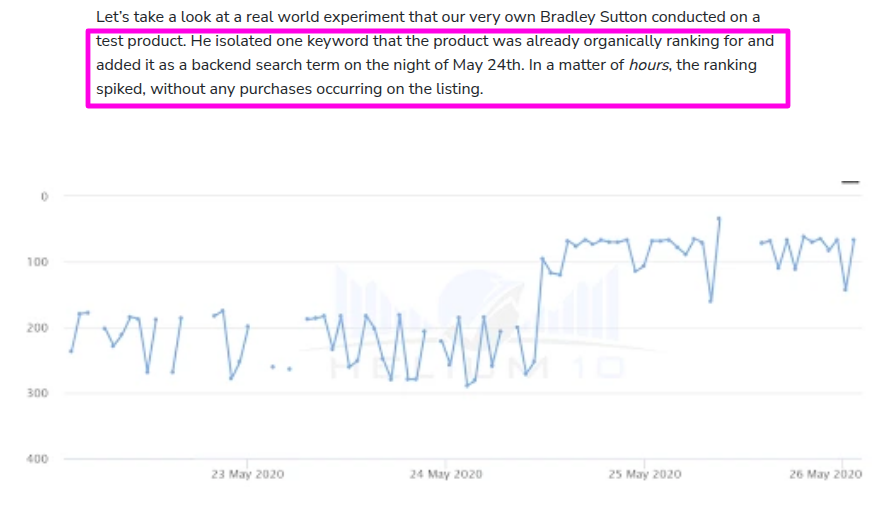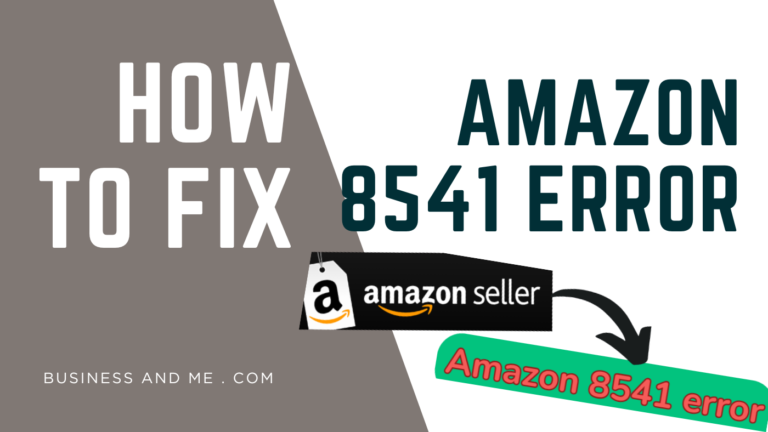Amazon Backend Keywords are “Generic Keywords” [Let Me Explain]
Are you an Amazon seller?
Hello there, my husband and I too. We make handmade original products.
If you landed here to understand what are the Amazon Backend Keywords, don’t worry. I will explain it as simply as I can.
Here I will talk about
- Amazon Backend Keywords
- Generic Keywords (search terms)
- Algorithm A9
First of all, Amazon Backend Keywords is the same what Generic Keywords is when you add or edit your product page on Amazon.
Amazon Backend Keywords, Generic Keywords, and search terms – these terms are all the same in the context of Amazon.
Here is how the Generic Keywords field looks like when you edit the Product Page:

And here is the scenario how you would deal with the backend aka generic keywords:
- You have your keywords list for your Amazon listing
- Some of them you have added to your title, bullet points, and description
- After all, you still have a lot of keywords left you want to integrate to your listing. Where else can you add them?
- Add them to Backend Keywords! This is the
wayplace. Amazon gives you an additional field in your “Product Details” page where you can add more search keywords related to your product. But these keywords wan’t be seen by the customers (humans in other words). You add them for the search engines (bots of the Algorithm A9).
That’s it.
Do Backend Keywords Improve Product Visibility on Amazon?
Integrating backend keywords, sellers can broaden their search footprint without compromising listing quality, directly boosting visibility and sales. At least, Amazon says it does or should help.
But how to check if it really boosts your item’s visability?
Or how to check if I add the back end keywords correclty?
Well, at this point I don’t know how to check it. I haven’t found anyone else states to know it. The option here is, to watch and analyze the changes on sales and performance metrics.
But Ok, one statement I found.
The Helium 10 team shares on their blog the result of experimenting with the backend keywords. This is a screenshot from their blog site:

Amazon also says, if you are enrolled in Brand registry, you may use analitycs from the:
- Top Search Terms dashboard
- and Search Catalog Performance dashboard in Brand Analytics
There you can review impressions, clicks, and conversions for your products.
But anyways, I add backend keywords to all our products on Amazon. Because, if Amazon experts say you should use them, and Amazon itself, then it’s definitely worth a try rather than not.
FAQ on Amazon Backend Terms
Amazon backend search terms are search terms added to a product listing, not visible to customers, but that improve search engine visibility. They are “lexical matchings between an ASIN and a query.”
They allow you to target additional search terms, synonyms, and variations that may not fit naturally into your visible content, such as product title, bullet points, and description.
Backend keywords are used by the Amazon A9 Algorithm ranking system – it’s like the Google search algorithm on Google.com but made and used by Amazon on Amazon’s website.
On Amazon, you can add these keywords in the “Generic Keywords” field within the “Product Details” page of your listing in Seller Central.
Go to your listing in the Manage all Inventory => Find the needed listing => On the right, click the three dots and choose Edit Listing => In the Edit Products Page look for the line Generic Keywords
Amazon limits the length of the Generic Keyword attribute to less than 250 bytes, but “reserves the right to not use all supplied keywords” for retrieving products”. Spaces and punctuation are not counted.
At some point, Amazon has increased the limit up to 2500 bytes and even adding more fields for generic keywords. But later, it was reduced from five fields to one field back.
You can confirm the information on Seller Central help page here.
What are the best practices for utilizing backend keywords?
What to do and not to do with the generic keywords. All guides I took from the official Amazon help pages.
YES
- use of synonyms, spelling variations, but don’t include common misspellings, abbreviations
- all lowercase letters
- separate words with spaces
- use either singular or plural
NO
- no punctuation marks – semicolons, colons, and dashes
- no repetitions, articles, prepositions, short words (such as “a,” “an,” “and,” “by,” “for,” “of,” “the,” or “with”)
- don’t use your brand or other brand names, ASINs, profanity, offensive term
- don’t use words such as: amazing, best, cheap, cheapest, effective, fastest, good deal, least, most, popular, trending, available now, brand new, current, discounted, just launched, last chance, last minute, latest, limited time, new, on sale, this week (month, year), today
What Tools Help to Find Backend Keywords for Amazon?
Except the already well-known tools, such as Helium 10 (I use their free version), Amazon search bar, and any other, I would recommend to explore the tools by Amazon.
Honestly, I discovered Amazon’s tools for myself just recently and I still exploring my product niche there.
Also, I plan to find new products to sell on Amazon with their help.
The tools are Category Insights and Product Opportunity Explorer.
Where to find these Amazon tools?
In your Amazon Seller central go to:
Growth => Marketplace Product Guidance => Category Insights
and
Growth => Product Opportunity Explorer
Take your time and enjoy.
How often should I update my backend keywords on Amazon?
Some experienced sellers recommend to update SEO-related data on the product around every 60-90 days.
Amazon says just “update”.
At least, I haven’t found more specific guidence.




